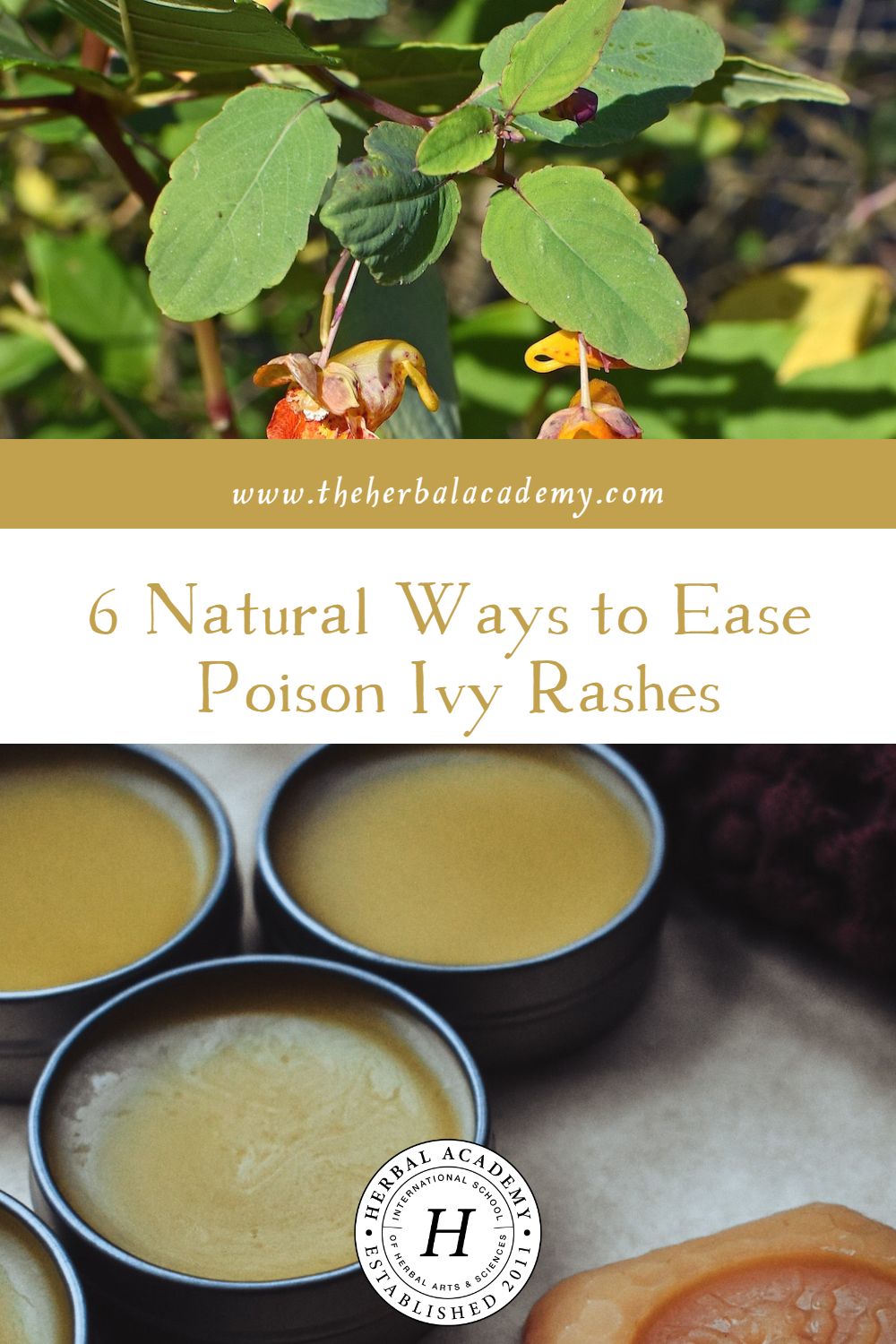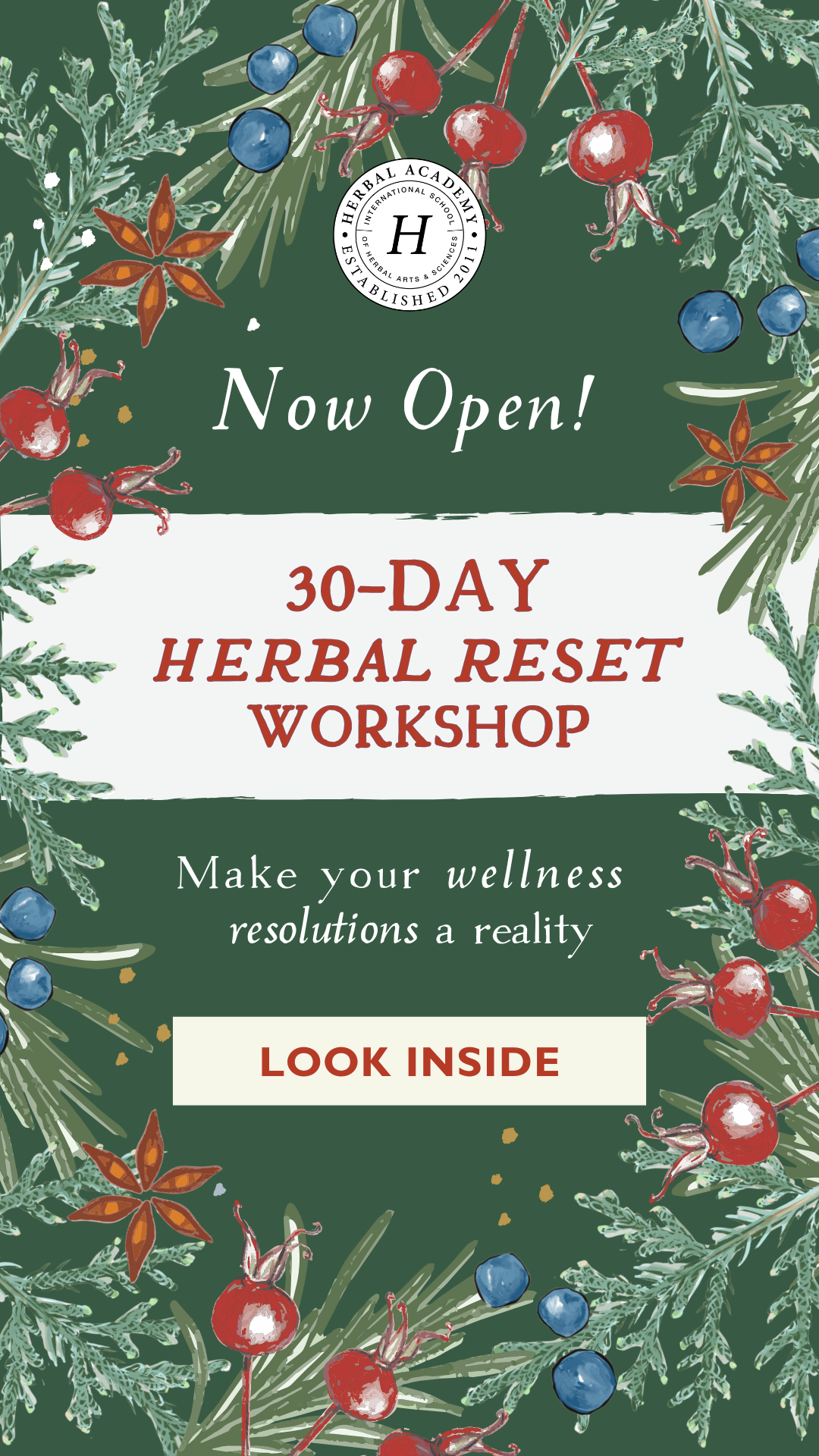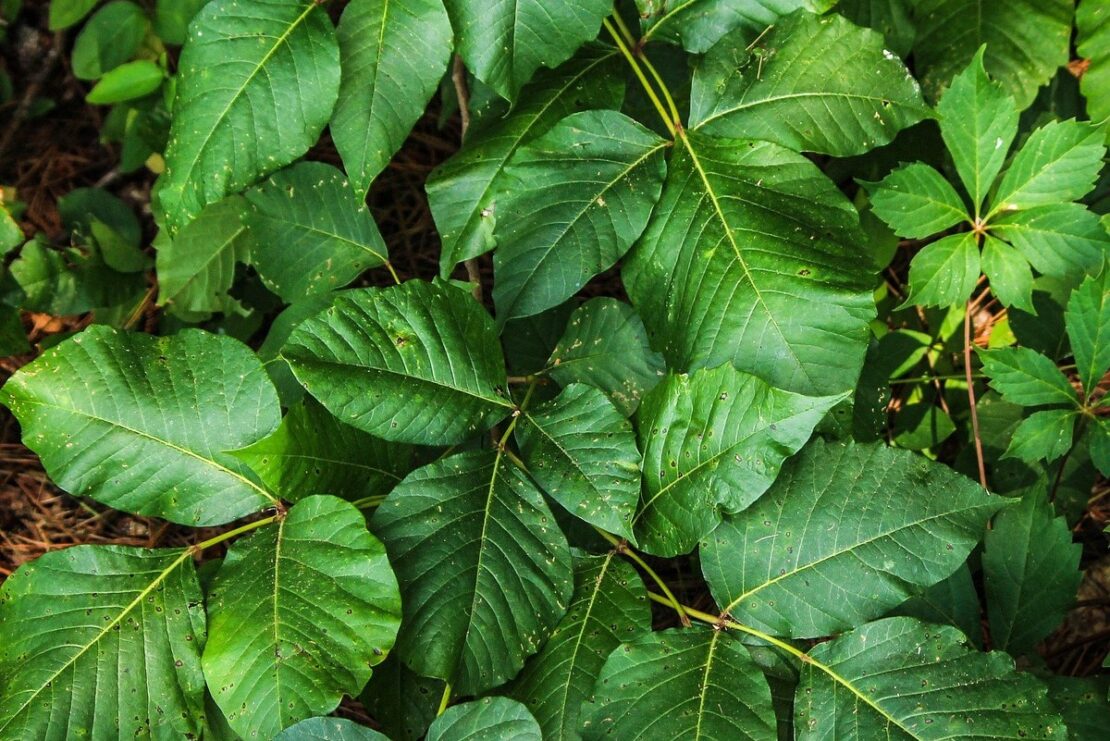
6 Natural Ways to Ease Poison Ivy Rashes
Sooner or later, many of us will encounter poison ivy, oak, or sumac. Whether you are foraging, gardening, hiking, or just enjoying the warm sunny days, there is a good chance you will see one of these plants. Fortunately, there are several natural wellness options that can help offer you some support in case you come in contact with this plant!
Our first line of defense is to avoid contacting poison ivy. First, learn how to properly identify poison ivy – Poison-ivy.org is a great place to start if you are unsure what poison ivy looks like. If you know you will be in an area with lots of these poisonous plants, wear clothing that covers legs and arms if possible. On hot summer days, this is not always practical, but for short foraging adventures, it is worth keeping skin covered as this protects it not only from poison ivy, but also from sun and biting insects. Be aware of your surroundings and limit contact with these plants whenever possible. After you return home, change your clothes right away to avoid contact with any oils you many have contracted.
If avoiding contact does not work and you find yourself itchy and uncomfortable, do not despair! The following options can help soothe the irritated skin so that you can keep enjoying these long summer days.
Natural Support for Poison Ivy
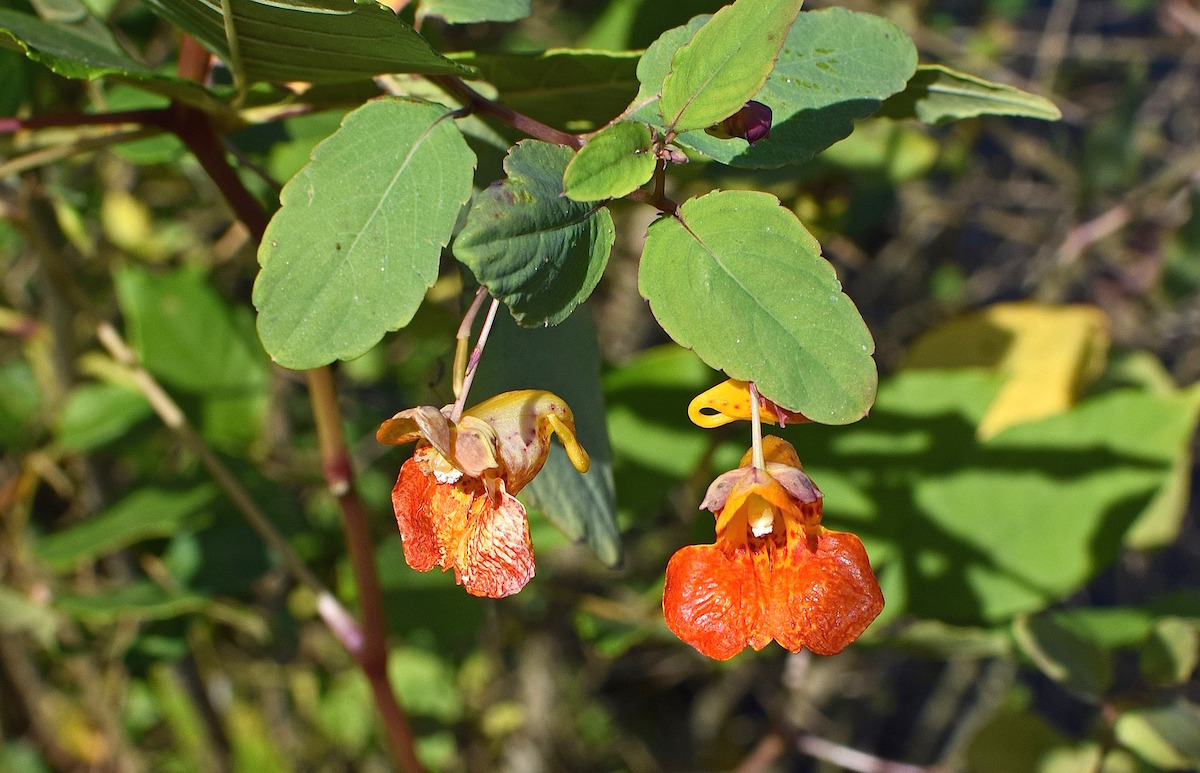
Jewelweed Poultice
If you have access to jewelweed (a wild plant often found growing near water), and you know you have just brushed up against poison ivy, crush the leaves and apply them to the skin right away to lift some of the oils off the skin and possibly lessen the impact of the poison ivy. To have jewelweed on hand for the next poison ivy encounter, make a jewelweed infusion by boiling fresh jewelweed in water or extract jewelweed juice using a juicer. Freeze either of these preparations in an ice cube tray and store in a freezer bag.
Coconut Oil
Coconut oil is thought to have anti-inflammatory properties, and this can help ease the rash. Apply it after showering to keep skin moisturized.
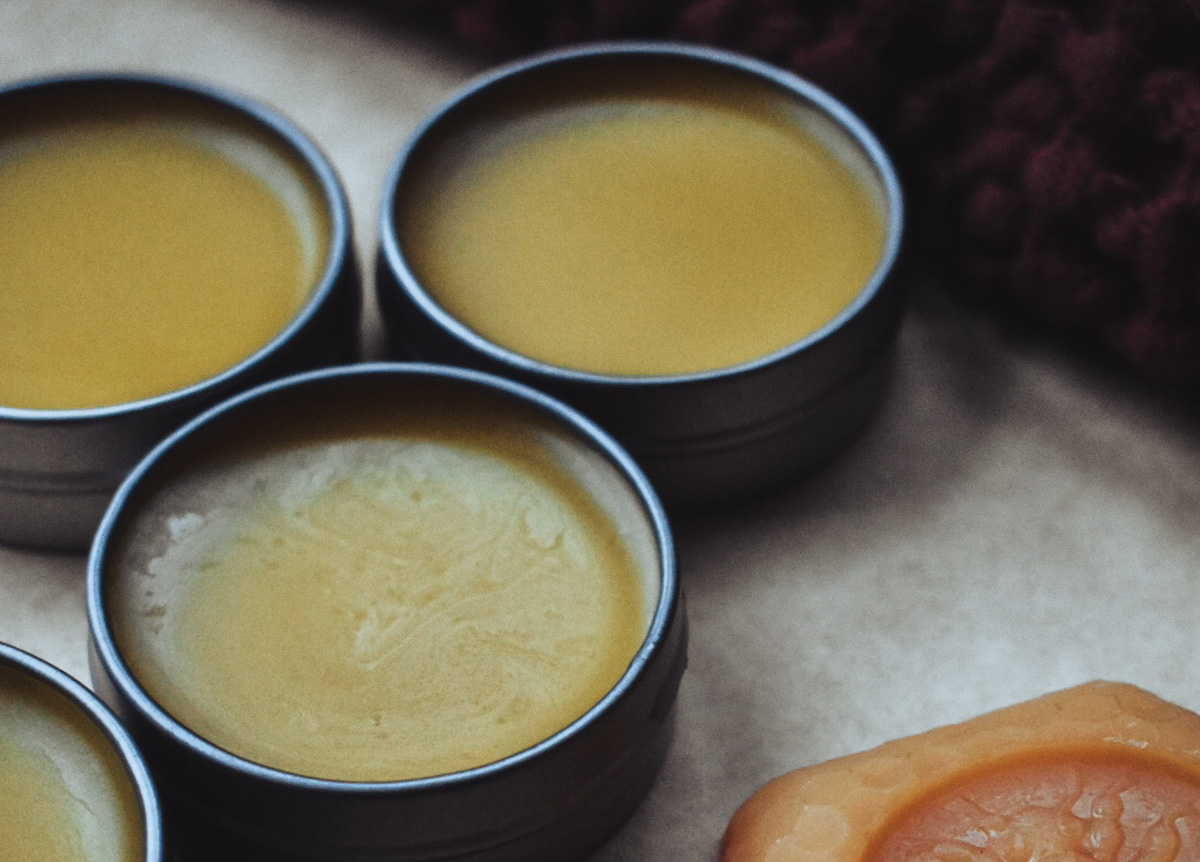
Poison Ivy Salve
Salves made from skin-soothing herbs such as plantain and calendula can be helpful during the wellness process. Use this method to make an all-purpose herbal salve that can be used on poison ivy rashes and other summer skin concerns such as sunburns and insect bites.
Bentonite Clay Mud Pack
Bentonite clay is a wonderful item to keep on hand. This mineral-rich clay has drawing properties, and can be utilized in many different ways. Using this clay on skin affected by poison ivy can aid in drying out the rash. Mix clay with just enough water to make a thick paste that spreads easily. Apply to skin and let clay dry completely before rinsing off with cool water. If desired, a few drops of lavender essential oil may be added to the mixture as well.
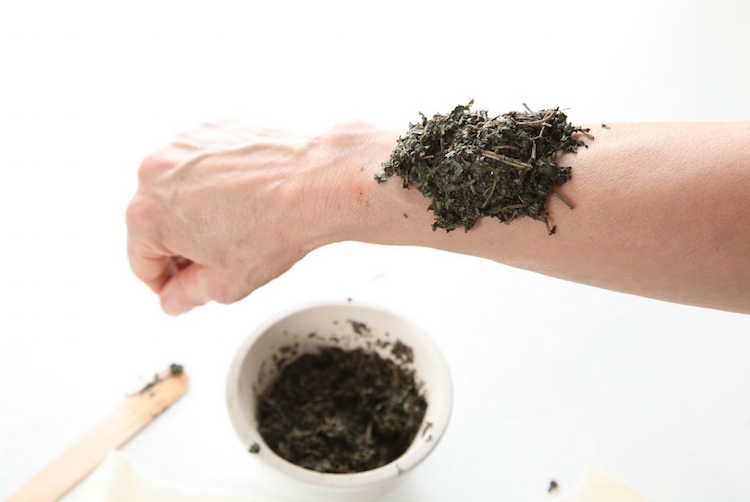
Plantain Poultice
In addition to salve, plantain can also be applied as a poultice. This useful plant grows wild in many different areas and it is generally easy to find and harvest. If you do not have access to it growing wild, it can be purchased from here. To learn how to make an herbal poultice, see this helpful guide.
Oatmeal Bath
Rolled oats are wonderfully nurturing to itchy poison ivy rashes, and an oat bath can help ease the itch and the mental irritation that comes with it. For an easy oatmeal bath, hang a muslin bag or clean sock full of oats in the running stream of water from the bath faucet to add milky emollients to bathwater, and then squeeze the oat milk from the bag directly onto your skin, rubbing gently. Lay back and relax!
In Closing,
Keep a few of these items on hand at home, and make travel sizes for camping and hiking trips. Adding these simple natural items to your herbal first aid kit can help you to enjoy your summer!
